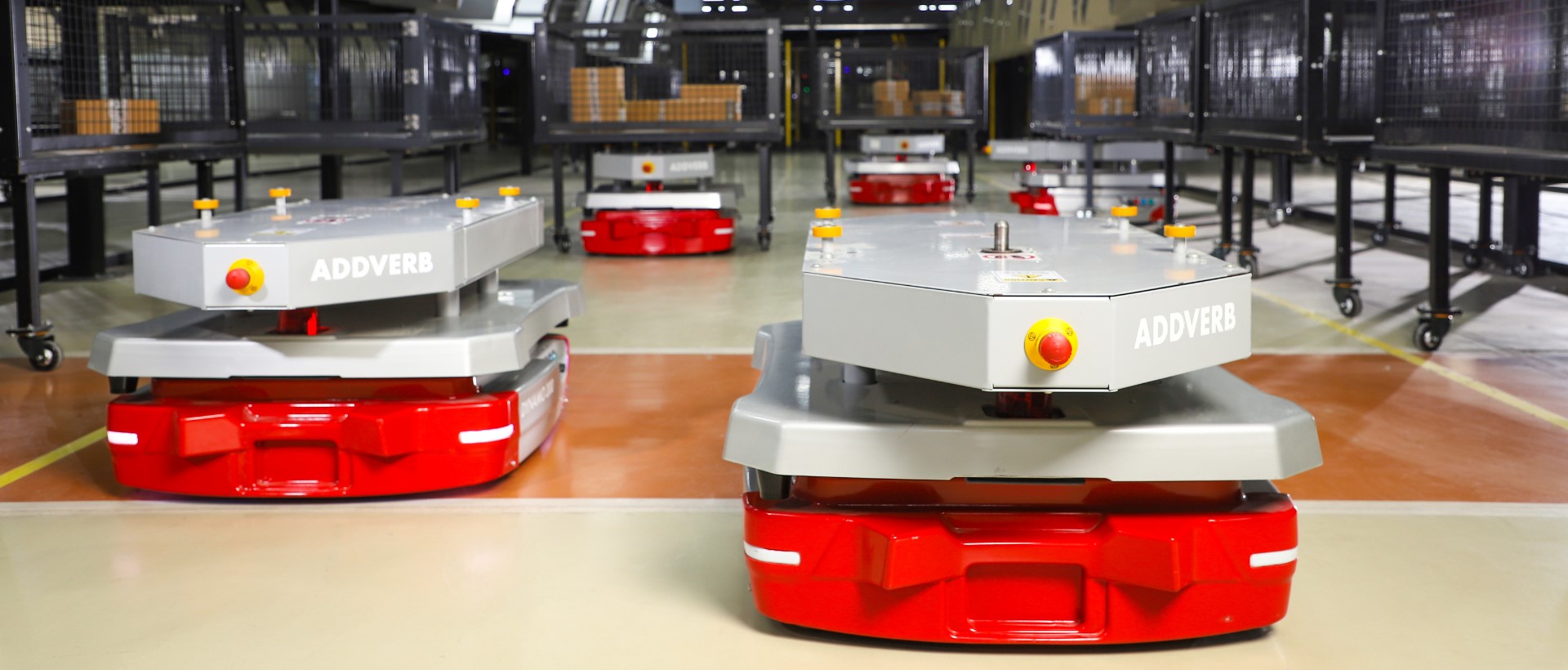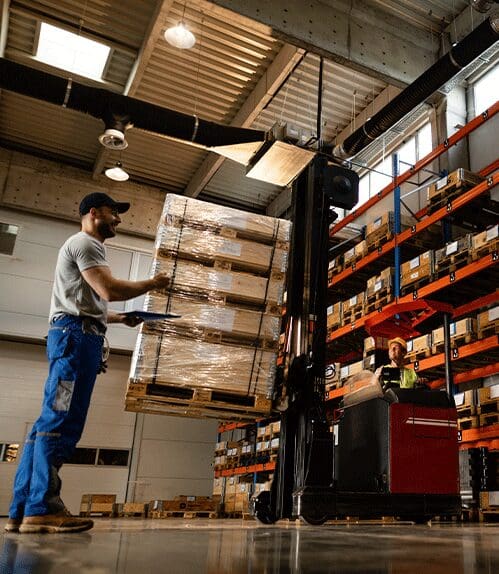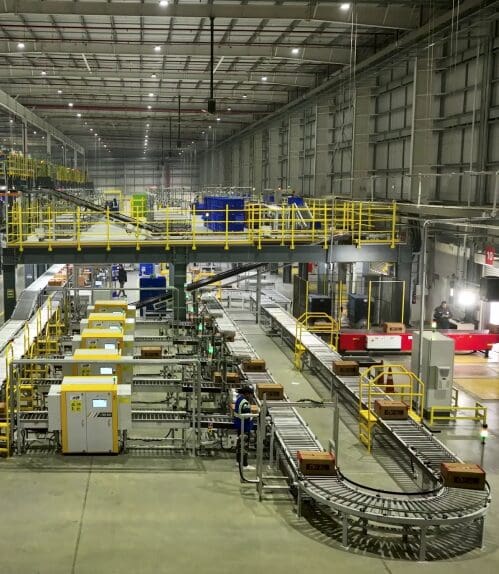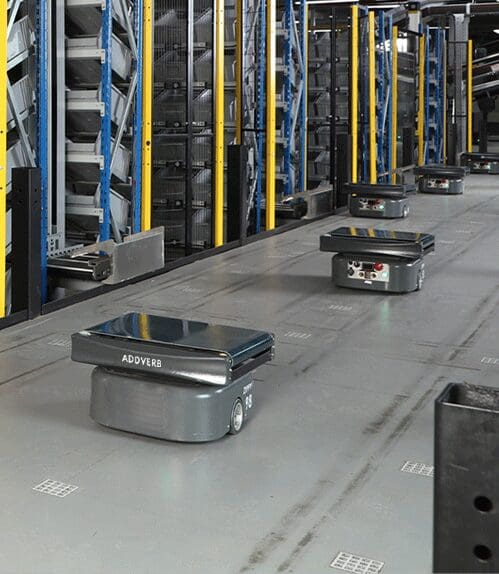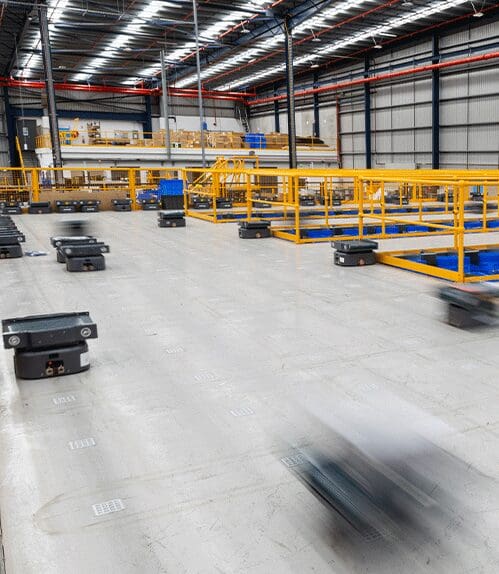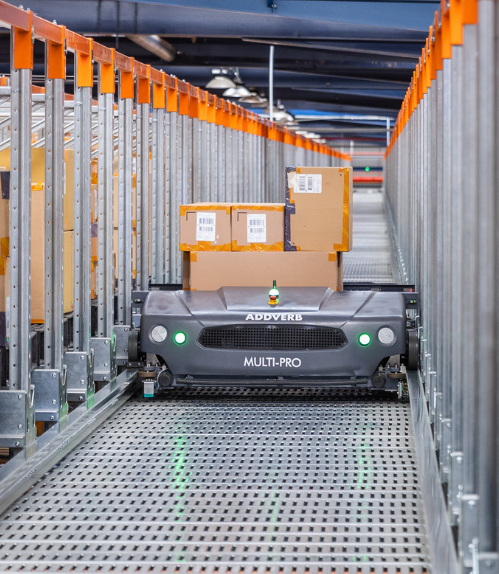Table of Contents
Autonomous Mobile Robots (AMRs) have emerged as a transformative technology in the rapidly evolving landscape of industrial automation. As businesses strive to enhance efficiency, reduce operational costs, and maintain a competitive edge, investing in AMRs becomes increasingly pertinent.
This blog delves into the cost-benefit analysis of AMRs, focusing on their ROI vs Cost of AMRs.
Understanding AMR
Autonomous Mobile Robots (AMRs) are sophisticated robots designed to navigate and perform tasks within dynamic environments without human intervention. Unlike traditional Automated Guided Vehicles (AGVs), which follow fixed paths, AMRs leverage advanced sensors, artificial intelligence, and machine learning to adapt to their surroundings in real-time. This flexibility makes them ideal for a wide range of applications, from material handling and inventory management to assembly line support and beyond.
The Cost of AMRs: Initial and Ongoing Investments
Initial Acquisition Costs
Hardware: The upfront cost of purchasing AMRs includes the robot itself, which may vary depending on the model, capabilities, and load capacity.
Software: Advanced navigation, fleet management, and integration software are essential for AMR functionality. Licensing fees for these software solutions add to the initial investment.
Infrastructure: While AMRs require less infrastructure modification compared to AGVs, some setup costs such as charging stations, network enhancements, and potential upgrades to flooring for smooth navigation are necessary.
Ongoing Operational Costs
Maintenance: Regular maintenance to ensure optimal performance includes software updates, battery replacements, and occasional repairs.
Training: Employees need training to operate and interact with AMRs, though the intuitive nature of modern AMRs often reduces training time and costs.
Integration: Costs associated with integrating AMRs into existing systems, such as Warehouse Management Systems (WMS) or Enterprise Resource Planning (ERP) systems.
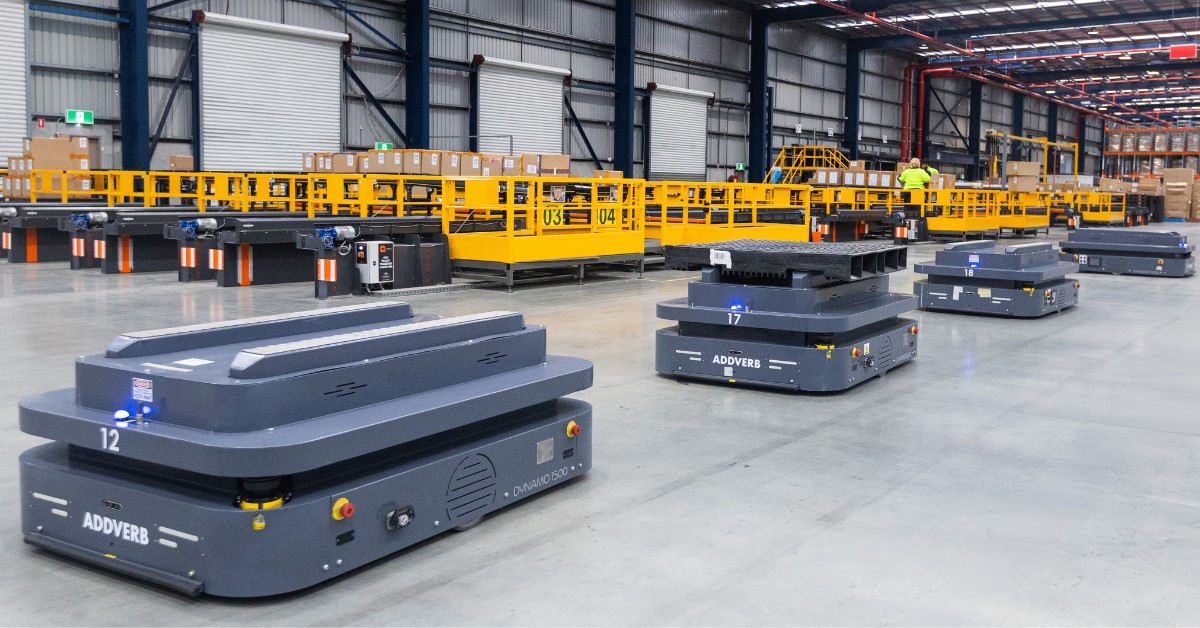
ROI of AMRs: Quantifying the Benefits
Labor Cost Reduction
Efficiency Gains: AMRs can operate around the clock without breaks, leading to significant productivity improvements. By automating repetitive tasks, AMRs free up human workers for higher-value activities.
Reduced Headcount: While AMRs don’t eliminate jobs, they can reduce the need for additional hiring, especially for mundane, high-turnover positions.
Improved Accuracy and Reduced Errors
Inventory Management: AMRs equipped with advanced sensors and AI can significantly reduce picking and placement errors, leading to more accurate inventory management and reduced costs associated with stock discrepancies.
Consistency: Unlike human workers, AMRs perform tasks consistently, minimizing errors and rework.
Flexibility and Scalability
Adaptability: AMRs can easily adapt to changes in workflow, layout, or demand, providing a flexible solution that grows with the business.
Scalability: Adding more robots to the fleet is straightforward, allowing businesses to scale operations without extensive infrastructure changes.
Enhanced Safety
Workplace Safety: AMRs can navigate complex environments with advanced safety protocols, reducing the risk of workplace accidents and associated costs.
Reduced Damage: AMR handles materials with precision, decreasing the likelihood of product damage during transport.
How to calculate ROI?
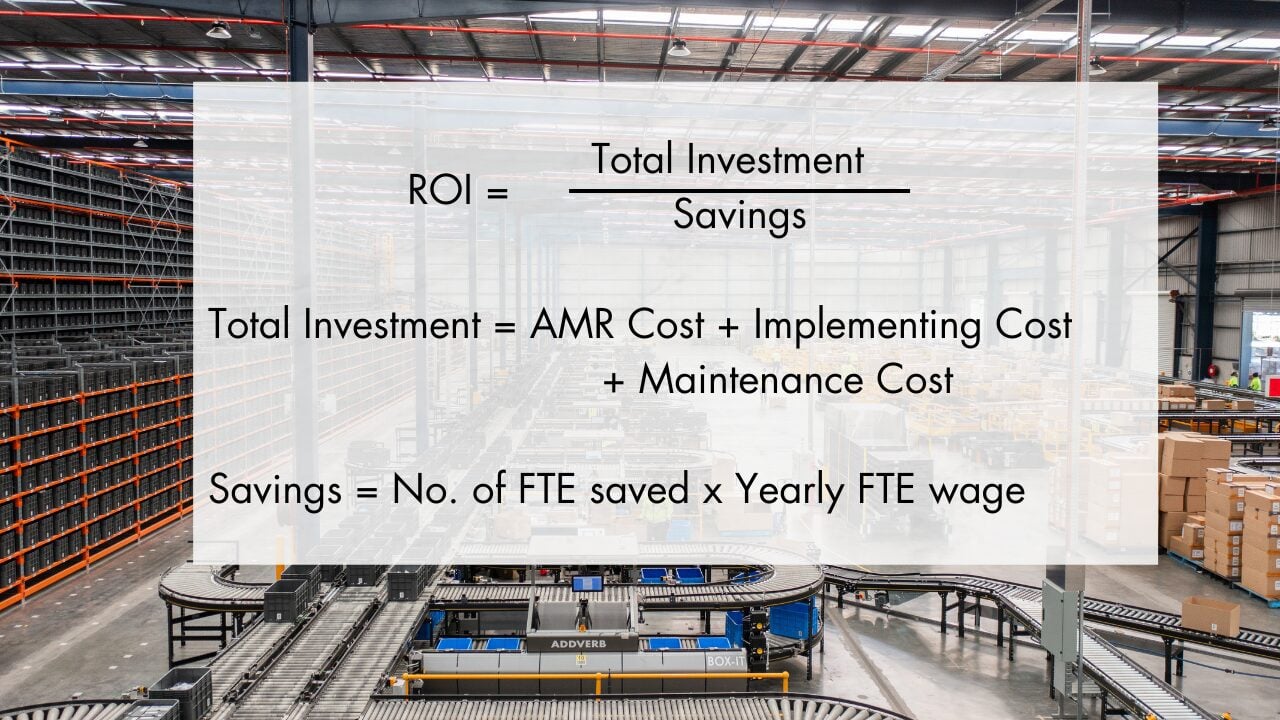
FTE refers to Full-time equivalent, a unit of measurement that indicates the workload of an employed person in a way that makes workloads or class loads comparable across various contexts. This will help us calculate the ROI vs cost of AMRs.
ROI vs Cost of AMRs
Conclusion
FAQ
What is an AMR?
An Autonomous Mobile Robot (AMR) is a robot designed to perform tasks autonomously within a warehouse, enhancing efficiency.
What are the initial costs of AMRs?
Initial costs include purchasing AMRs, integrating them with existing systems, setting up infrastructure, and training staff.
What ongoing costs should I expect?
Ongoing costs include maintenance, software updates, energy, repairs, and training.
How long to see ROI from AMRs?
Businesses typically see significant returns within 12 to 24 months.
Are there hidden costs?
Potential hidden costs include unplanned downtime, cybersecurity measures, and workflow adjustments.
Can AMRs be customized?
Yes, AMRs can be tailored for tasks like picking, packing, sorting, and inventory management.
How do AMRs impact labour costs?
AMRs reduce manual labour but may increase the need for skilled positions in robot maintenance and management.
How do AMRs benefit inventory management?
AMRs improve inventory accuracy, reduce stockouts/overstocks, and streamline management processes.
